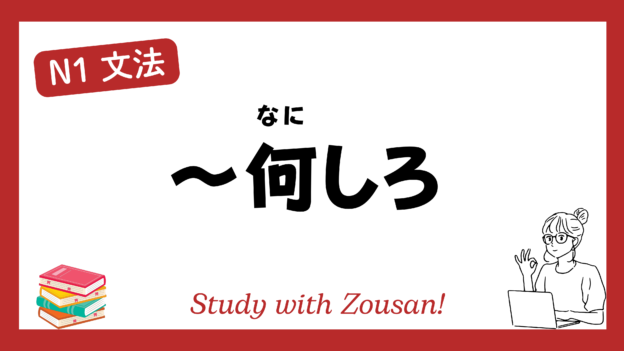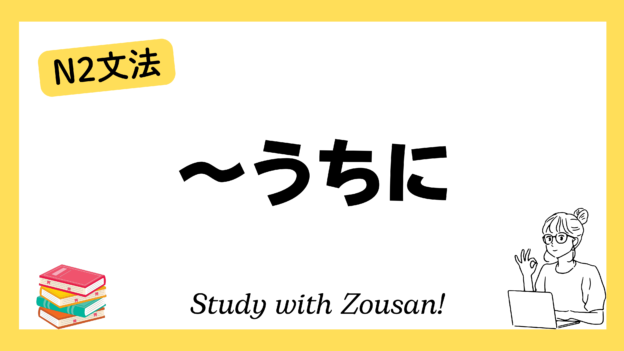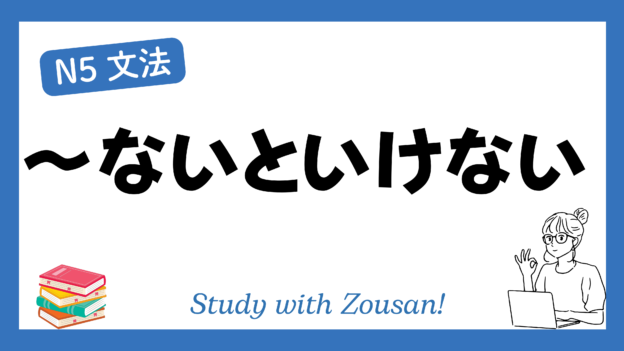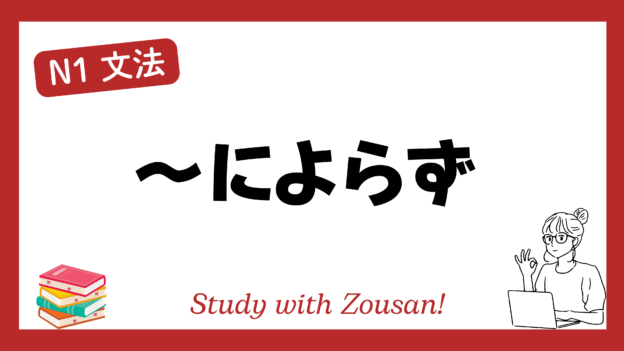N1文法:~が/も~なら、~も~だ
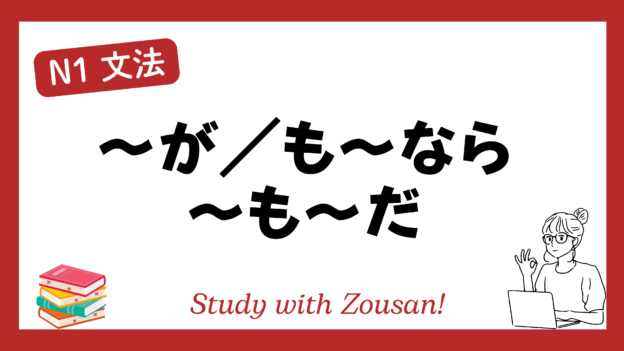
2024.08.31
Meaning: “If… is like this, then… is also like that”, “Both… and… are the same”
This structure is used to point out that both subjects being compared share similar characteristics, often implying that both have issues. It is typically used in critical contexts to express that not only one but both subjects are at fault or problematic.
※Note: This structure often carries a negative tone, used to criticize both parties simultaneously, emphasizing that both are responsible or at fault.
Structure:
| Noun-1 + が/も + Noun-1 + なら、 Noun-2 + も + Noun-2 + だ |
Example:
-
-
-
🌟 親が親なら、子も子だ。
(おや が おや なら、こ も こ だ。)
Like parent, like child. -
🌟 先生が先生なら、生徒も生徒だ。
(せんせい が せんせい なら、せいと も せいと だ。)
If the teacher is like that, the students are too. -
🌟 上司が上司なら、部下も部下だ。
(じょうし が じょうし なら、ぶか も ぶか だ。)
If the boss is like that, so are the subordinates. -
🌟 夫が夫なら、妻も妻だ。
(おっと が おっと なら、つま も つま だ。)
If the husband is like that, so is the wife. -
🌟 リーダーがリーダーなら、メンバーもメンバーだ。
(リーダー が リーダー なら、メンバー も メンバー だ。)
If the leader is like that, so are the members. -
🌟 店が店なら、サービスもサービスだ。
(みせ が みせ なら、サービス も サービス だ。)
If the shop is like that, so is the service. -
🌟 チームがチームなら、コーチもコーチだ。
(チーム が チーム なら、コーチ も コーチ だ。)
If the team is like that, so is the coach. -
🌟 リーダーがリーダーなら、部下も部下だ。
(リーダー が リーダー なら、ぶか も ぶか だ。)
If the leader is like that, so are the subordinates. -
🌟 政治家が政治家なら、有権者も有権者だ。
(せいじか が せいじか なら、ゆうけんしゃ も ゆうけんしゃ だ。)
If the politicians are like that, so are the voters. -
🌟 教師が教師なら、学生も学生だ。
(きょうし が きょうし なら、がくせい も がくせい だ。)
If the teacher is like that, so are the students.
-
-





